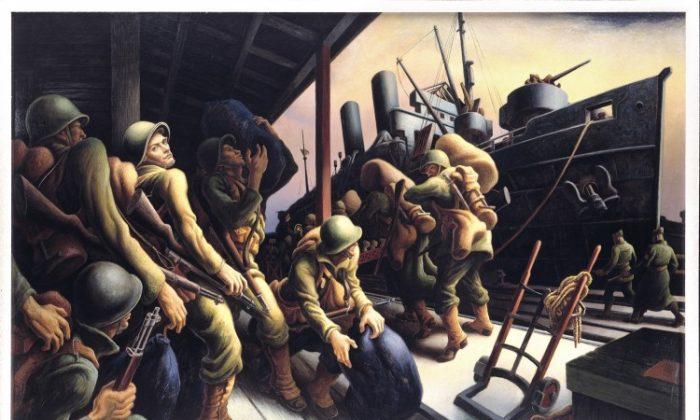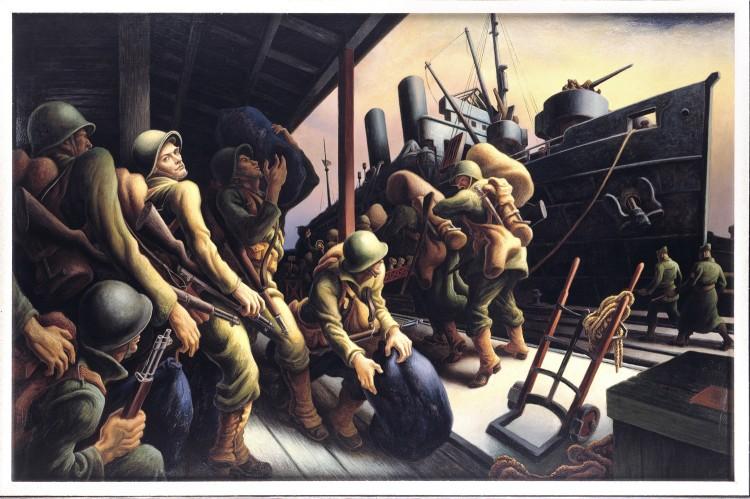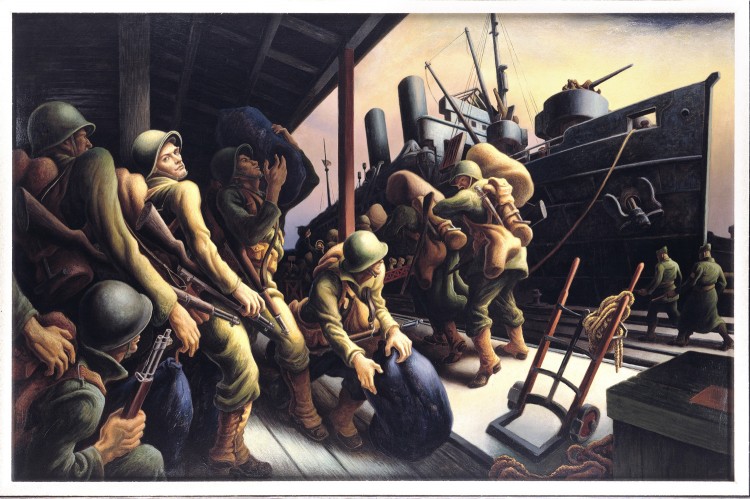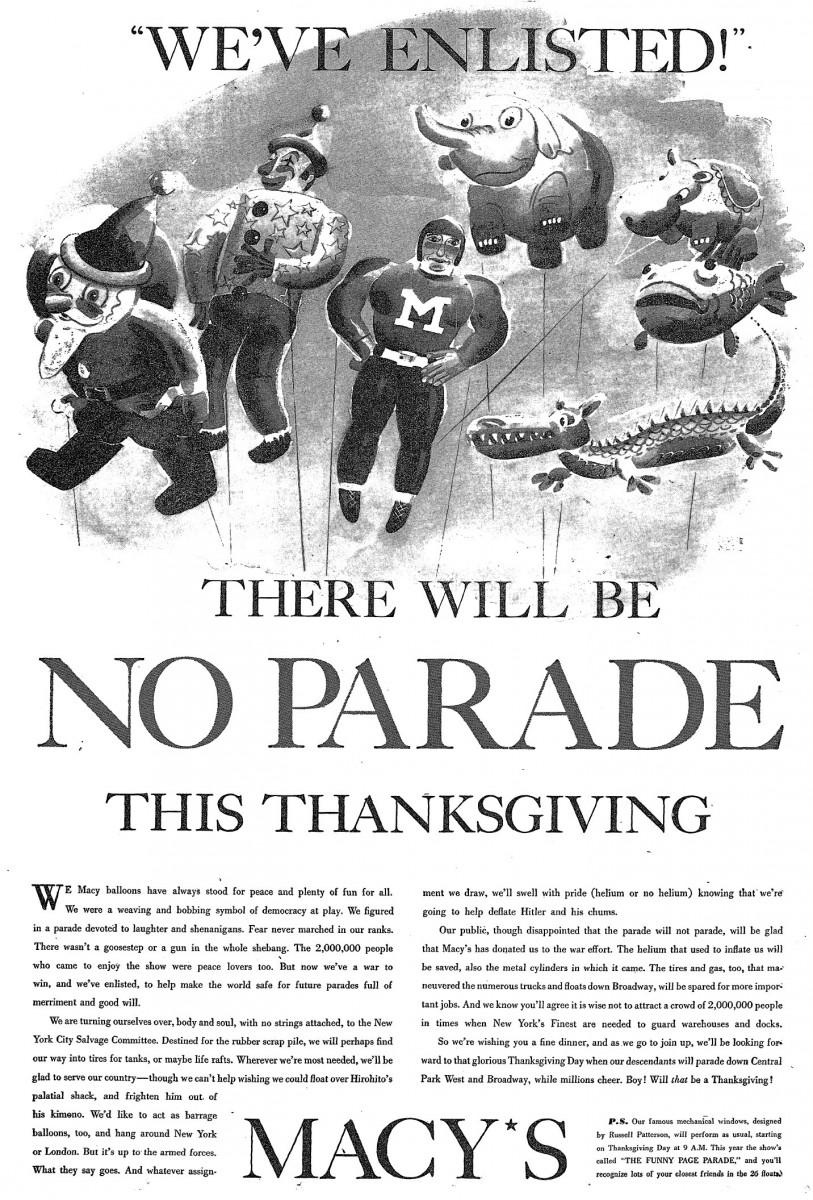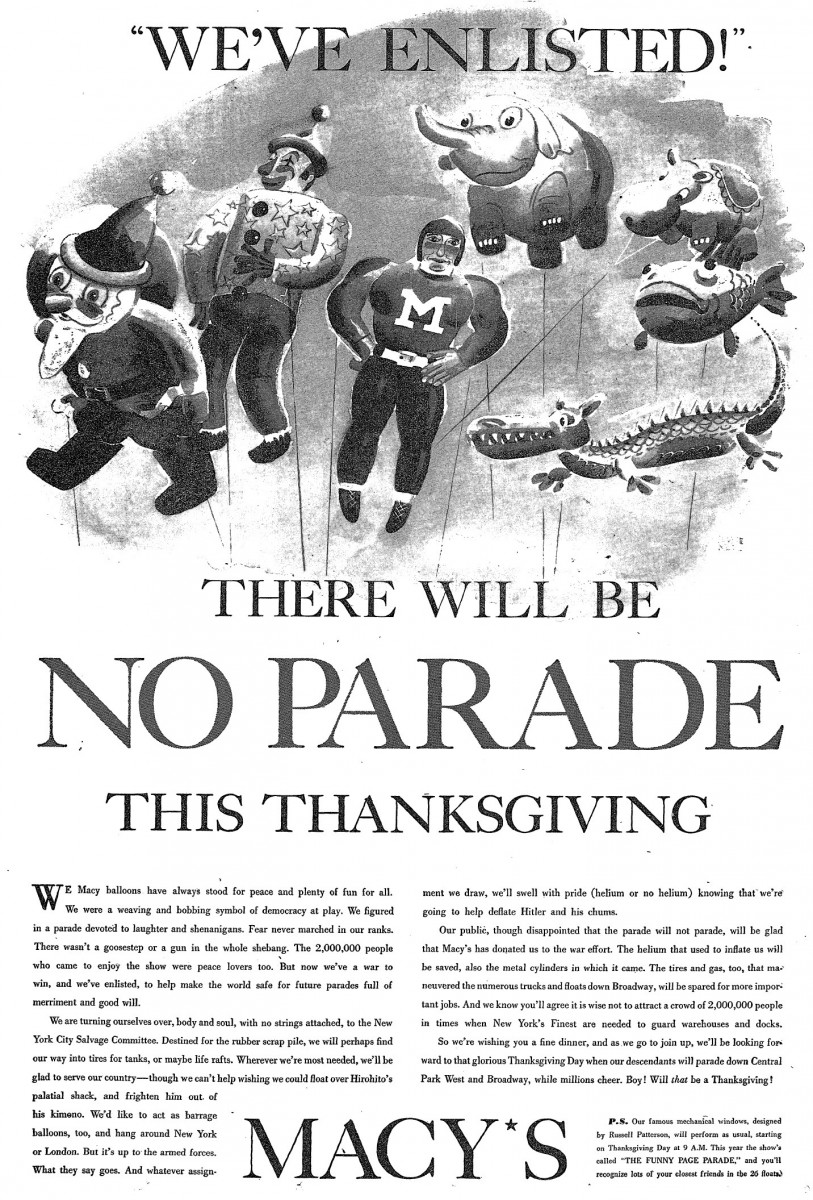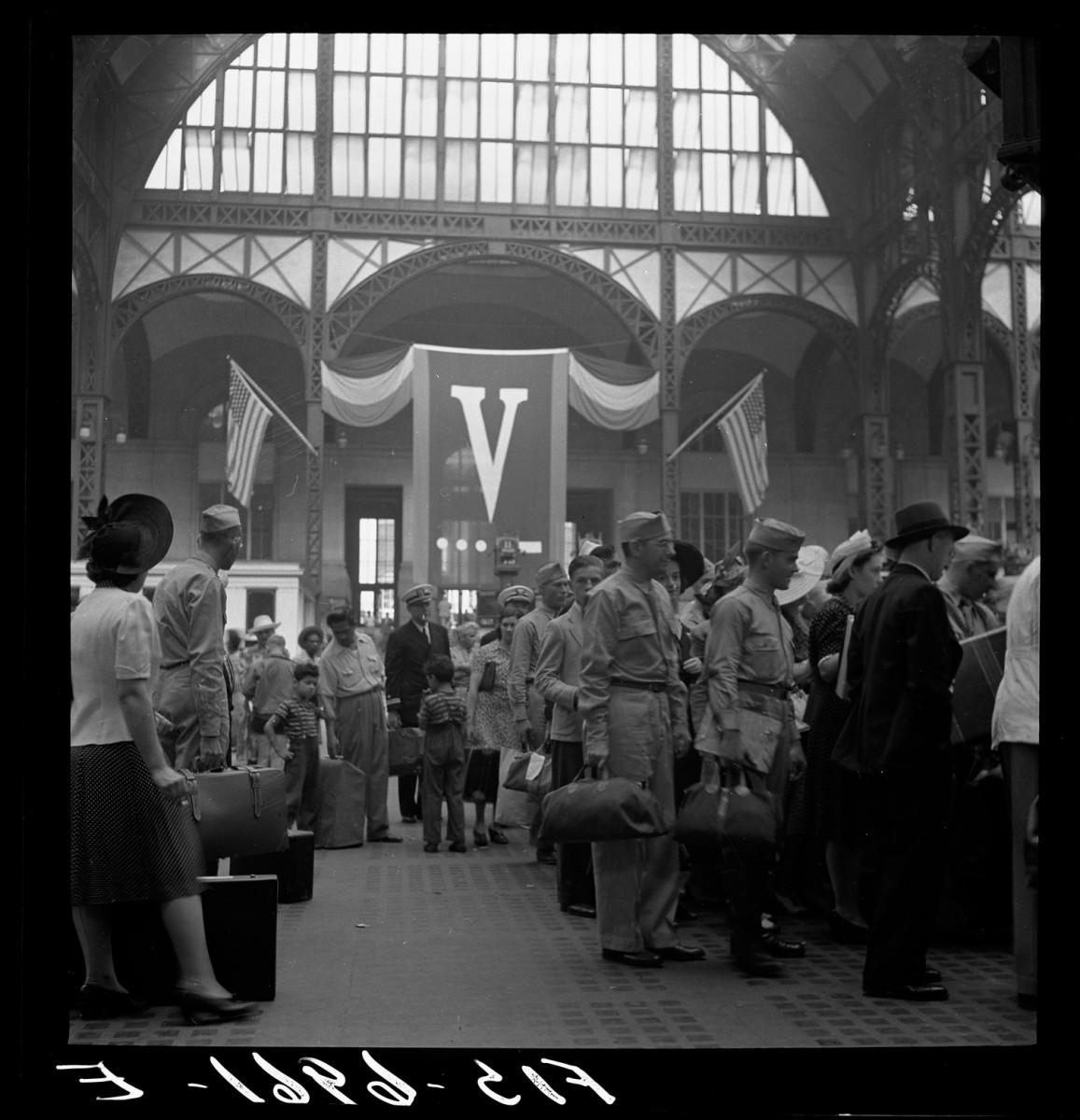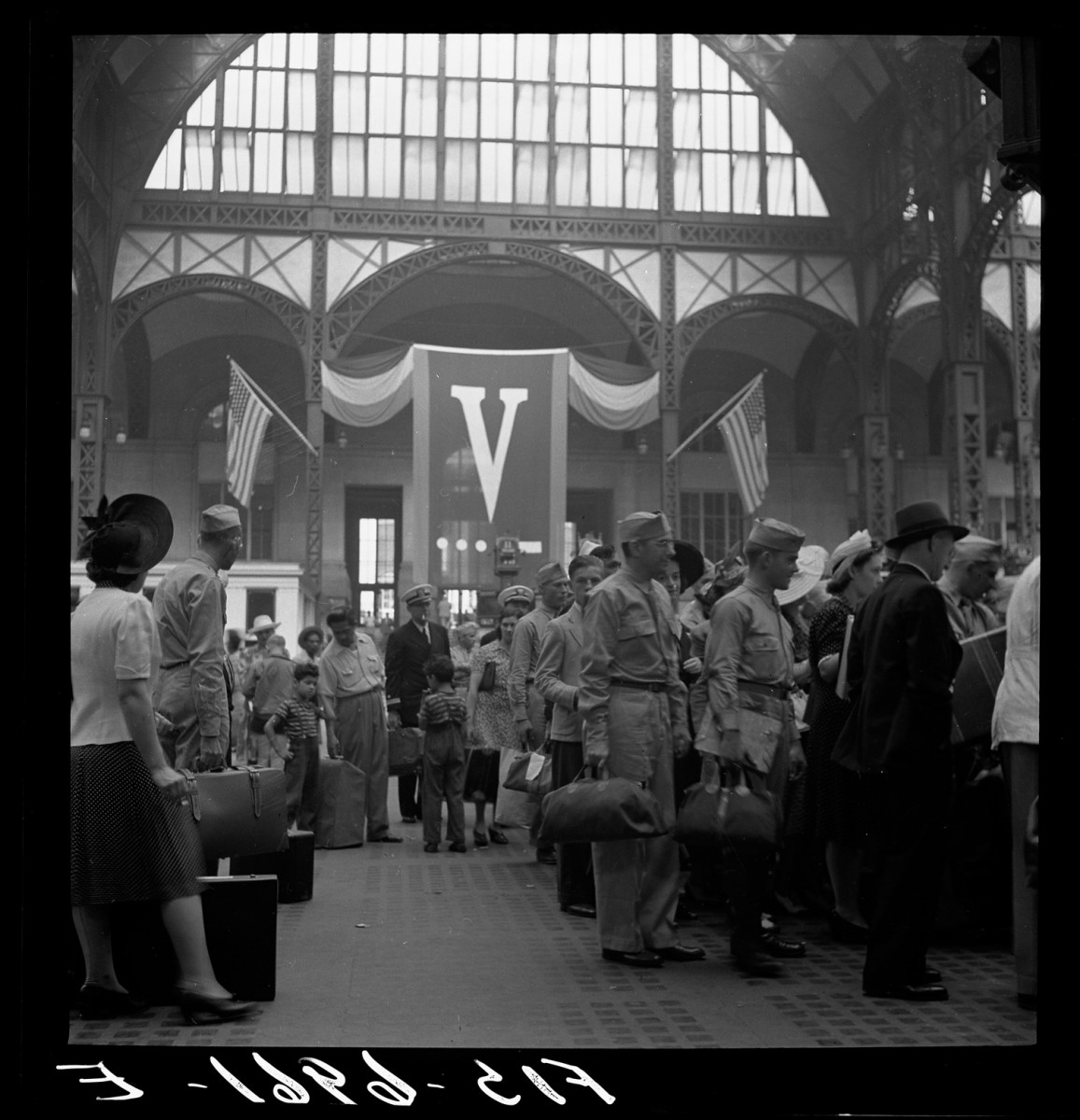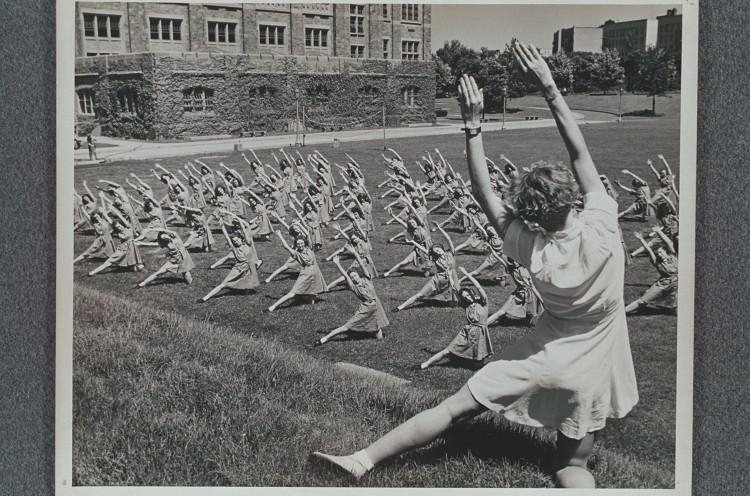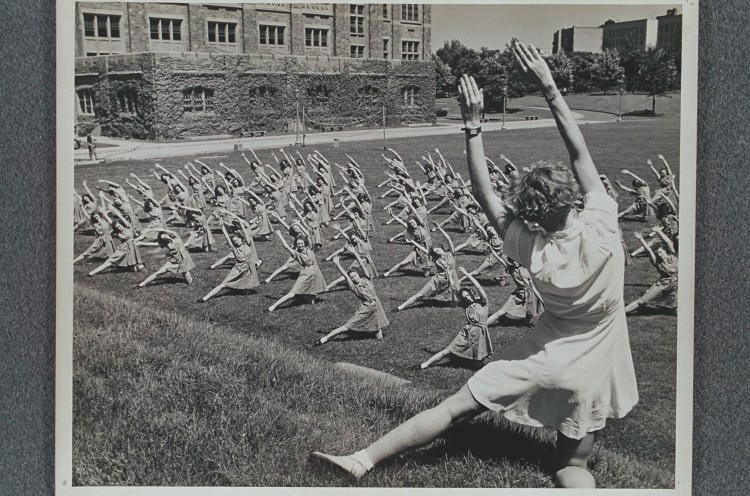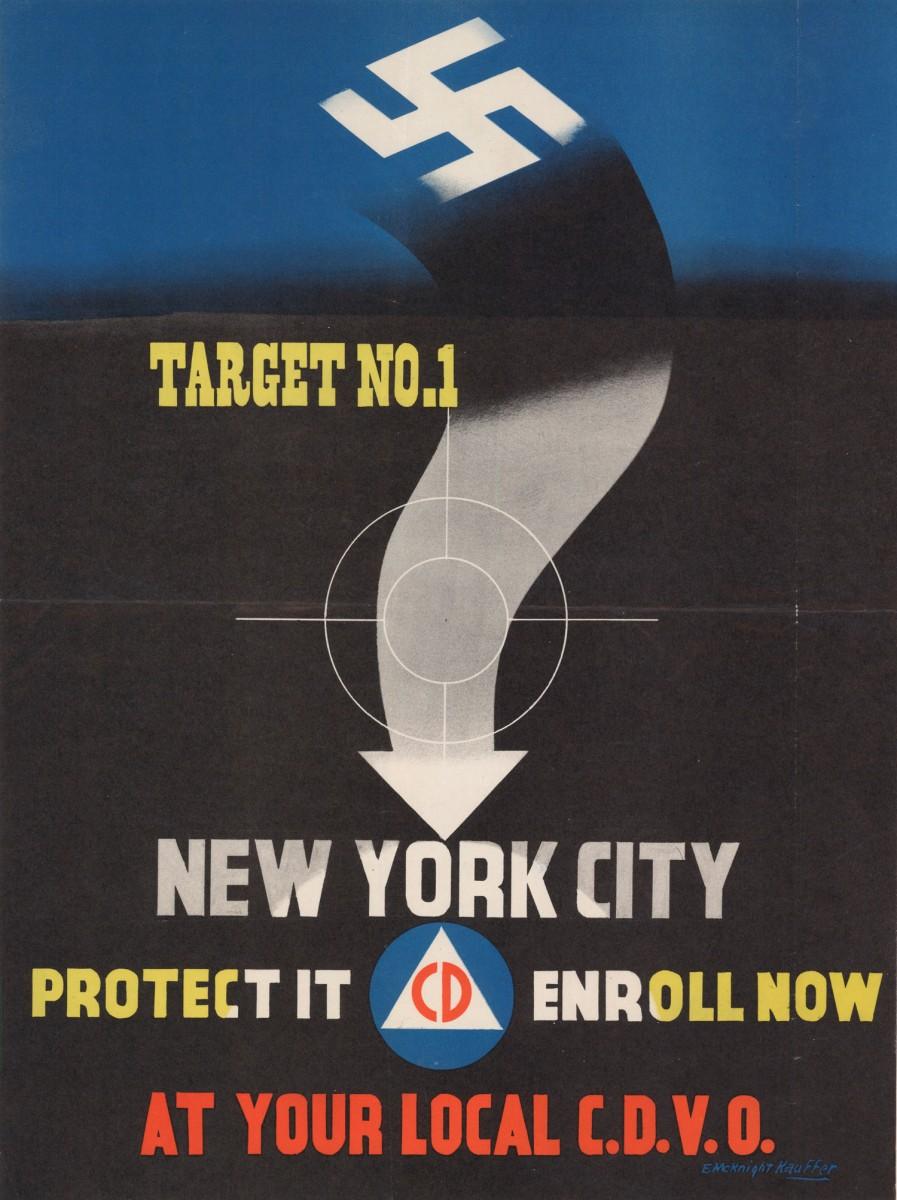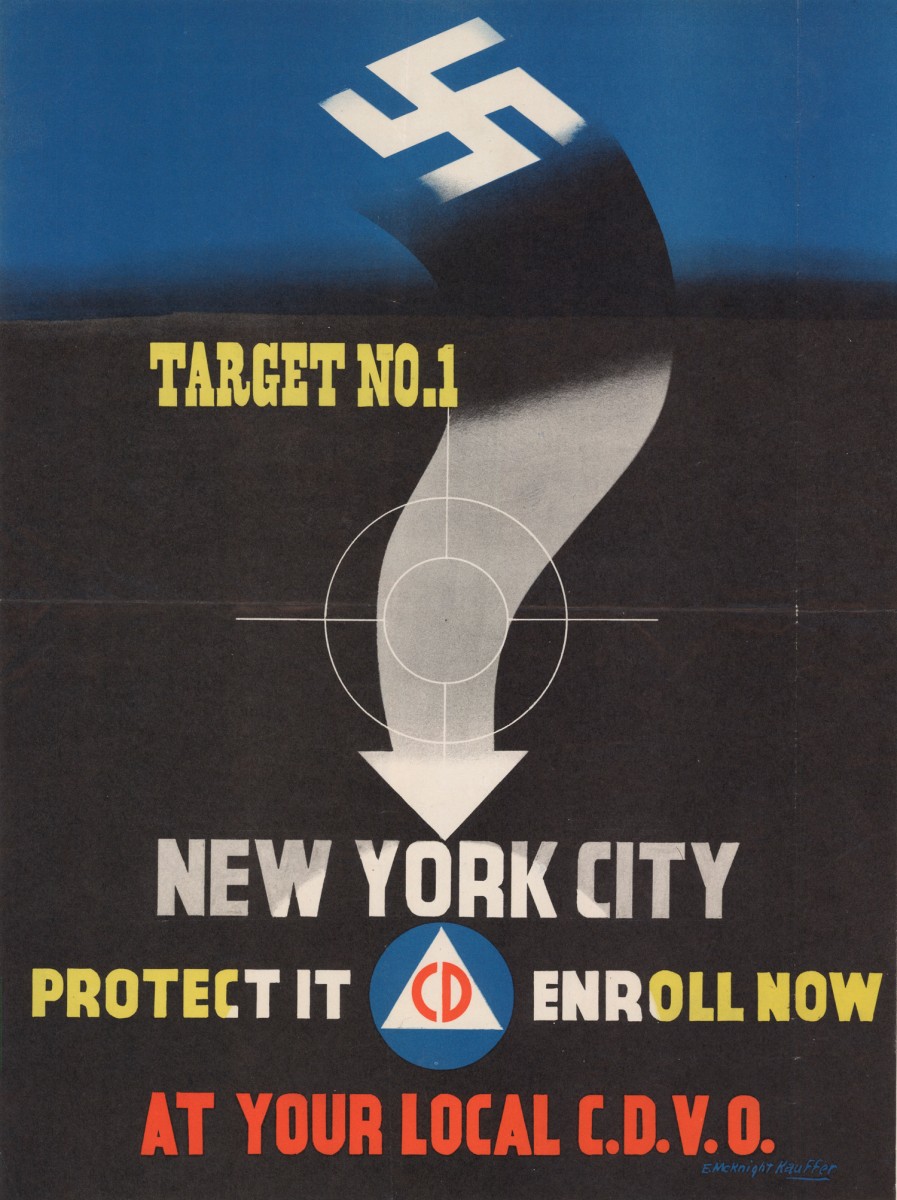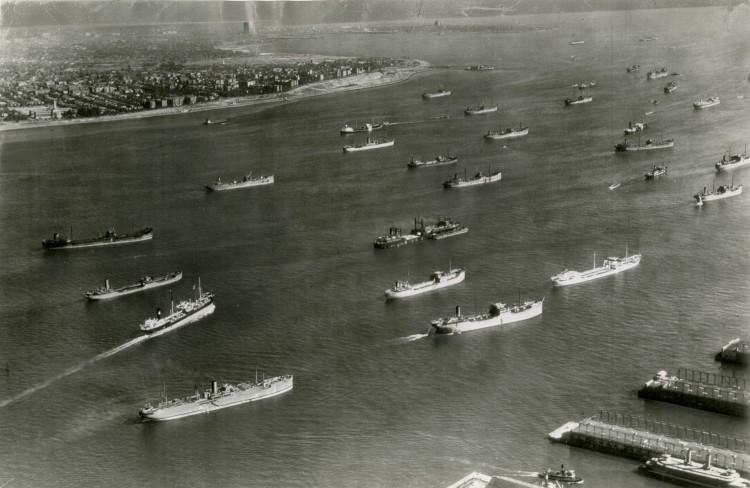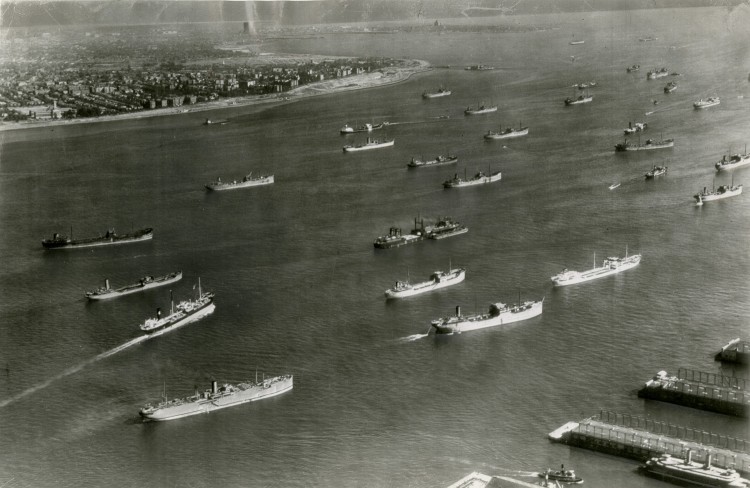NEW YORK—A new exhibition at the New York Historical Society illuminates how the New York metropolitan region and its citizens contributed to the Allied victory in World War II.
The war, which lasted from 1939 to 1945, profoundly impacted New York.
Beginning in 1941, after the attack on Pearl Harbor, New York became a hub of war activities. Workers in the city did everything from shipbuilding at the Brooklyn Navy Yard to uniform manufacturing at Brooks Brothers.
By the end of the war, New York Harbor had seen 63 million tons of supplies exported to war-torn regions and 3.3 million men leave for deployment. At the busiest times, a ship left every 15 minutes, according to the society.
A massive affair, the exhibition features more than 400 images and objects such as maps, posters, and short films.
Four sections are presented: “New York Before Pearl Harbor” from 1933 to 1941; “The New York Home Front” from 1942 to 1945; “Going to War” from 1942 to 1945; and “Victory and Loss” in 1945.
The exhibition runs through May 27, 2013.
The historical society, which is located at 170 Central Park West, is open Tuesday through Sunday. Visit wwii.nyhistory.org for more information.
